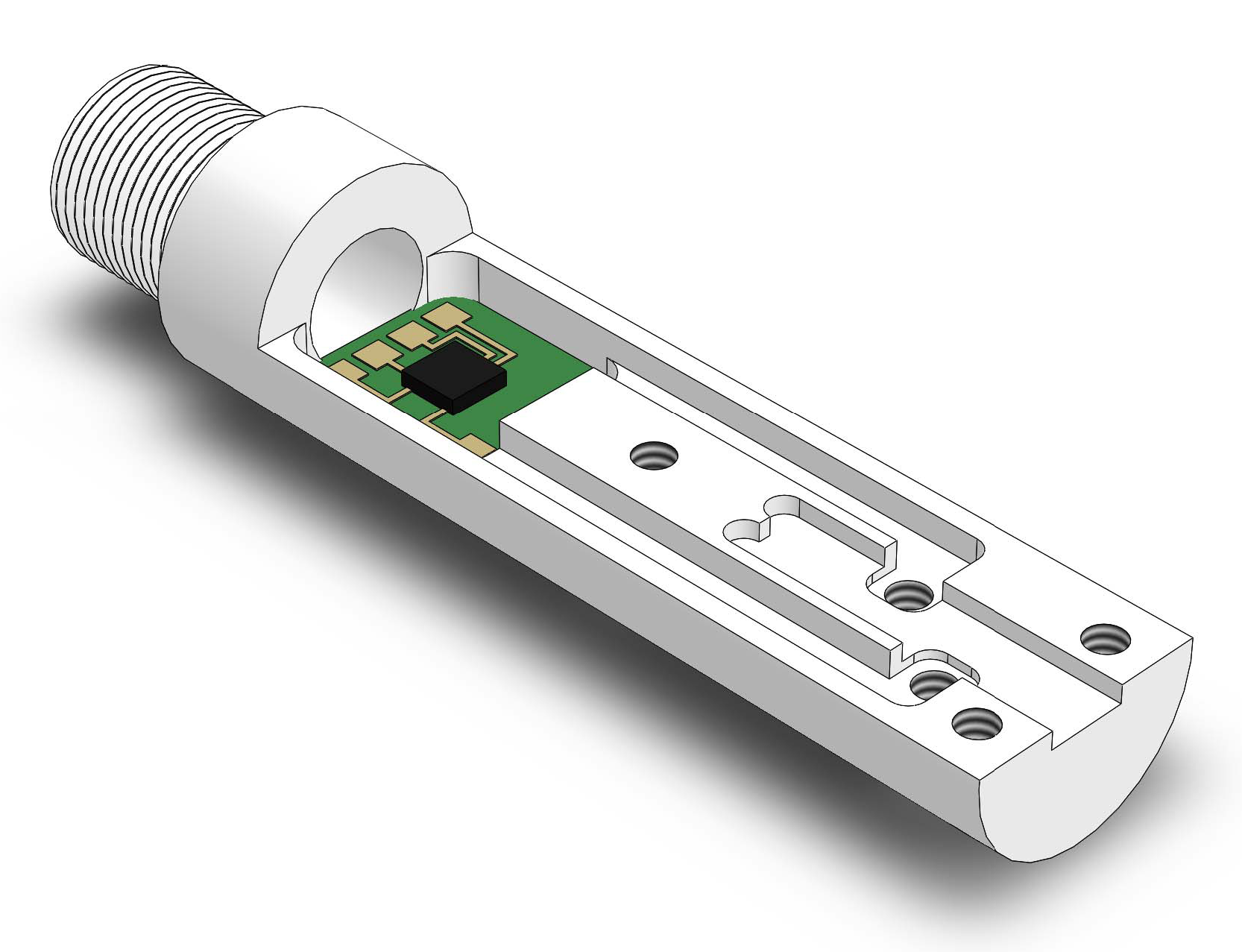IC-based electron spin detection for biomedical and material science applications

Methods based on the electron spin resonance (ESR) effect are amongst the most powerful analytical techniques in medicine as well as in the natural and material sciences because they enable to study the structure, dynamics and spatial distribution of paramagnetic species in a large variety of samples. In this context, the main goal of this project is to improve and/or to enhance the functionality of existing ESR-instruments for two specific applications from the fields of life science and material science by efficiently using the capabilities of modern integrated circuit (IC) technologies for the manufacturing of miniaturized, highly sensitive detectors for inductive and electrical measurements of the ESR effect.
The first main subproject aims at developing a user-friendly, portable and yet highly sensitive Ku-band point-of-care (PoC) ESR spectrometer for the ESR based analysis of oxidative and nitrosative stress in whole blood samples using the spin trapping method. In cooperation with end users from the medical school and the psychology department in Ulm, we are developing an ESR spectrometer, which will make ESR spectroscopy as the gold standard for the assessment of oxidative and nitrosative stress accessible to a large community of clinical end users by featuring both a high user-friendliness and an excellent spin sensitivity.
The second subproject deals with the development of integrated circuits for combined ESR-EDMR experiments.
In summary, in this project, we will design two electron spin detection systems which optimally exploit the capabilities of modern nanometer scale integrated circuit technologies to create sensors with high degrees of miniaturization and improved user-friendliness combined with an excellent sensitivity.
